
Knolly is a brand that from the very start has chosen to deviate a little from the accepted norms of bike design. It’s one of those real BC brands where the bikes are designed by riders, for riders, to ride as hard as they can on proper BC trails. To that end, Knolly bikes have always had an industrial sort of look to them, known for being burly bikes that will take anything you throw at them, and the new Chilcotin is no different. Named after a formidable but beautiful mountain range a couple of hours north of Whistler, the new Chilcotin has big boots to fill, especially since the old 26″ version of this bike was so popular.
The new Chilcotin is a very different beast from the old bike. The new Chilcotin rocks 29″ wheels with 170/167mm travel, front and rear. For those that want a little less, there is also a shorter-travel version at 150/151mm. Knolly designed the Chilcotin to hit the gnarliest trails around while still being able to pedal it back to the top for more.

Knolly Bikes is owned by engineer and mountain biker Noel Buckley. Back in the early 2000s, Noel set out to design the best suspension platform he could that balanced rear wheel traction, pedaling efficiency, brake interaction, and shock progression. The result of his work was his patented “Fourby4” linkage system, which you’ll find on all Knolly full suspension bikes. The Chilcotin I’m testing here is unmistakably a creation of Noel’s with the unique linkage and the signature gap that it creates behind the seat tube.
The Fourby4 linkage is said to separately address and control all four of the aforementioned forces. The first of these is traction since traction is the main goal of suspension. By keeping that wheel on the floor as much as possible, the rider has more traction and therefore more confidence both on the climbs and descents. Pedaling efficiency is next and while Fourby4 is designed to have a lot of traction on the climbs, it’s also designed so that pedaling has as little effect on the suspension as possible, so the rider isn’t wasting energy compressing the suspension.
Many suspension designs compromise on brake interaction whereby grabbing the brakes means your suspension locks up. Fourby4 is designed so that suspension and braking are totally separate so that grabbing a handful of brake shouldn’t limit your travel or grip coming into the rough stuff. Finally, Noel says that Fourby4 means he is also able to separately tune the leverage ratio around a generally progressive rate for their different applications.
Frame details
Knolly’s new Chilcotin comes in a choice of aluminum or nothing. Aluminum frames are better now than they’ve ever been, and Knolly for sure has been honing the craft, so don’t let the frame material put you off. The Chilcotin is availble in three sizes only — medium, large and extra large — and can come finished in either Moody Blue or Raw & Black. The raw finish is great since there’s no paint to chip and it can easily be buffed up with steel wool or a Scotch-Brite pad when it starts to look a little dull.
The Chilcotin frame is packed with features including some neat semi-internal cable routing — internal in the front triangle and external in the rear. It looks super clean and has nice large ports for easy routing. That said, I did discover that on the size large frame due to the fairly long route the cable takes, a standard Shimano 2100mm shift cable was too short and I had to use an extra long Jagwire cable. After changing the shift cable I did still find the shifting to be quite heavy, I suspect due to friction in the extra long housing and some fairly tight bends.
Knolly really took the time to fine-tune the details on this one. The upper linkage is finished in a nice glossy anodized black and all pivot hardware is chunky and has the torque specs etched on it. Speaking of the linkage, the frame has two options for shock position — neutral and low — so that you can fine-tune the geometry. The Chilcotin runs a Superboost 157mm rear end for stiffness in conjunction with a threaded 73mm bottom bracket and has removable ISCG05 chain guide tabs.
The Chilcotin is said to fit up to 29×2.6″ tires, and the actual clearance is probably on the generous side of that. Holding that back end together is a DT Swiss rear axle which is both high-quality and easy to source replacements for should you break it. Finishing off the package are molded chain stay and downtube protectors to keep things quiet and free from damage. Those of you that like to keep things minimal on trail will also be glad to know that the front triangle easily fits a large water bottle and there’s plenty of extra space for tube straps.
Geometry
The 2021 Knolly Chilcotin follows all the latest geometry trends and is long, low, and slack so it can party with the best of them. As mentioned earlier, the lower shock mount has a flip chip for neutral and low settings. Sitting at 63.8º and 64.5º at the head tube and 76.9º and 77.6º at the seat tube, the Chilcotin is slack enough in the head angle to cut the mustard when things point downwards and steep enough at the seat tube to be a comfy ride back to the top again. If we compare this to the Giant Reign 29, a fairly neutral handling 29er enduro bike, the head angle is 0.8º slacker in the slack setting, and the seat angle is 0.5º steeper in the slacker of the two, which makes it quite steep indeed.

Reach is 490mm in the size large, which is on the longer side of things, and has 438/436.5mm chain stays in order of slack/neutral settings, putting it somewhere between snappy and not so snappy. If we compare these to the Reign it’s 2mm longer in reach, and the chain stays are 1mm shorter in the longer setting. All of this adds up to make a pretty interesting handling package with some fairly extreme numbers mixed in there.
At 6ft tall the frame felt roomy enough for me when seated without feeling overly long, and the steep seat tube angle helps with that. The bike came stock with a 175mm Reverb, however, there’s enough post on show to fit a longer stroke dropper in there.
Component spec
The Chilcotin is available in two spec levels called Dawn Patrol and Extra Credit, both of which are ready to go right out the box. At $5,300 USD for a SRAM build and $7,600 for a Fox/Shimano build respectively, both are pretty dialed as you might expect. We reviewed the Dawn Patrol build, which as you can see comes with the best suspension Rockshox currently offers in the form of the burly 38mm-stanchioned Zeb Ultimate fork and a plush and adjustable Super Deluxe Ultimate shock. These are the highest tier offerings from Rockshox, with the Charger 2.1 RC2 damper in the fork with high and low-speed compression damping and a climb switch, and low-speed compression and rebound adjust on the shock.
Keeping the rear wheel turning is a sturdy and reliable SRAM GX Eagle drivetrain with the extended range of a 10-52t cassette. Slowing things down is a set of SRAM Code R brakes on 200/180mm rotors. While the Code R brakes are dependable, the lack of Swinglink technology that comes with their higher-end brakes certainly makes these feel a little under-powered, especially coupled with a 180mm rotor on the rear. This is the main weak point in the spec on this bike. For a bike as heavy-hitting as the Chilcotin, a little extra stopping power would probably be more appropriate; either in the form of 220/200mm rotors or an upgrade to Code RS or RSC brakes. Finishing off the SRAM build is a Rockshox Reverb C1 dropper post.
Wheels and finishing kit are taken care of by Spank with their new Oozy Trail 745 Hex wheel set and Vibrocore bars and a Spank Split stem. The tires are a very sensibly specced Minion DHR II and Assegai combo with the DHR in a Double Down casing and Maxxterra compound, and the Assegai in an Exo+ casing with Maxxgrip compound. This is an excellent combo with the best of both worlds in terms of grip and weight.
Moving up, the Extra Credit build buys a Fox Performance Elite series 38 fork, Float X2 shock, and Transfer seat post. It comes with a full Shimano XT groupset, rolls on Industry Nine’s super sweet Enduro-S wheel set with the same Maxxis tires, and is finished off with a mix of Chromag and Race Face components.
Due to supply issues on various parts, the bike on test here had a few small changes in the spec, notably the tires were both Exo+ casing with Maxxterra compound, the bars and stem are Chromag items rather than Spank, and the rear Spank hub was not one of the new high engagement Hex hubs.
On the trail: climbing
Let’s start at the bottom and work our way up. The Chilcotin is a bike that favors descending over climbing, given its geometry and travel numbers, however that doesn’t mean that it doesn’t climb. It can take a minute to get all 35lbs. of bike moving so it doesn’t exactly sprint off the line like an XC bike, but it doesn’t climb badly either.
While the suspension is fairly active, it doesn’t obviously interfere with pedaling. In fact, there is next to no noticeable pedal kickback, meaning there is no feedback from the chain while riding, resulting in being able to spin smooth circles while climbing and maintaining good efficiency. This is ideal for fire road climbs and the like where you can spin smoothly to the top. The weight of the bike certainly makes itself known, however, it’s a decent cruiser once up to speed. For road climbs, the climb switch comes in handy, locking out the rear altogether, though I rarely found myself reaching for it, as it is quite firm.
The ride on the Chilcotin is relatively plush, and it definitely sits into its travel a little on the way up, which does have the benefit of being extremely grippy. On technical climbs, the rear tire stays glued to the floor, and so long as you have the power, it’ll lay it down rather than spin out on most occasions. It is more of a sit and spin type affair however with the occasional spurt of effort required to get up-and-over rather than out of the saddle sprint all the way to the top. That said, it’s certainly a more spirited climber than a lot of other bikes in this travel bracket. In the slack position the Chilcotin does have a bit of front-wheel flop on the climbs, however, putting it in the neutral position helped fix this.
On the trail: descending
When the trail points downward, it’s fair to say that the Chilcotin is in its natural element. It’s a big monster truck of a bike. A useful comparison here might be to the Banshee Titan that I reviewed last autumn. While both bikes are very similar in that they share very close travel and geometry numbers, the same wheel size, and frame material, the suspension layouts mean that these bikes actually ride very differently. The Banshee climbs like a big bike but is relatively playful on the descents. The Knolly on the other hand climbs like a smaller bike than it is and descends like a big brute.
The Chilcotin is the type of bike where you pick a line and stick to it. With the Rockshox Zeb fork, it feels extremely stiff in the front end, which is great for the hard chargers out there. The Zeb is more than plush enough to absorb impacts, and the Charger 2.1 damper feels extremely well controlled as we have come to expect from all high-end Rockshox products. It’s easy to set up and dial in your ideal settings, much like the Lyrik. The extra travel and stiffness in the legs mean that it feels very forgiving in its travel, particularly on big compression events where the fork simply absorbs the impacts. The flip side is that you have to use a little extra strength to keep it on line as the lack of lateral flex means that it’s a little more easily deflected side to side.
The Chilcotin is a burly bike through and through and the stiff feeling of the Zeb is backed up by the chunky frame too. It feels laterally stiff but plush and forgiving. On the descents it rides similarly to a downhill bike where the more you put in, the more you get out.

There’s no getting around the fact that the Chilcotin is a heavy bike and all 35lbs. are made more obvious on the descent, where it takes more effort to move it around than some other bikes in the same category. The long wheelbase makes it harder to pick up and put it where you want it, but it also means that it holds speed and tracks well on fast and rough trails. On steep chunky trails, it’s predictable and holds lines well, and in big compression events, it tracks straight with a plush beginning stroke that ramps up and feels supportive, resisting harsh bottom-outs.
Set up at around 30% sag, the Chilcotin feels plush on chattery trails, but not overly so. It doesn’t totally iron out the small bumps like a coil-sprung bike, but it seems to find grip pretty much anywhere, even when you’re not expecting it. The Fourby4 linkage feels pretty linear through the first 60% or so of travel, and it has quite a supple rather than supportive mid-stroke. This means that in the mid-stroke on medium-sized hits the suspension almost makes mountains out of molehills, and so the best approach is often just to charge right through, rather than finesse around obstacles. This makes it way easier to charge into bigger features without worrying too much about whether the bike can handle it because it can. The rider is usually going to be the weakest link in this case.

The Dawn Patrol build spec tested here certainly held up well to abuse, with the Zeb and Super Deluxe combo providing predictable, well-damped grip and no real drama to note. Coming back to the weight of the Chilcotin however, this also makes itself known in the brakes, or lack thereof. The Code R brakes, while excellent for the money, really are stretched to their limit on this bike running 200/180mm rotors. A 200mm rear rotor would have been more sensible, and 220/200 would probably be optimal on a bike of this size. A better brake package would be a notable improvement on the Chilcotin, and Code RS or RSC brakes would go a long way to making improving the feeling of confidence that the bike should give riders. As it stands, I often felt myself backing off a touch because I didn’t trust the stopping power.
One other thing worth noting is that the upper portion of the linkage runs on bushings rather than bearings, presumably to keep costs down in what is a relatively complex linkage. The bushings on this test bike developed play quite early on, and I never did manage to fully solve this, despite changing a couple of them out. While the ride was still great and pretty quiet on the descents, I could hear and feel a little top-out knock, mostly while on technical climbs.

Final thoughts
The new Knolly Chilcotin is a big old bike and it fits in well with the new crowd of big-hitting 29-inch-wheeled bikes made for senduroing. It’s equally at home on big drops and jumps as it is on steep and gnarly tech. It parties with the likes of the Specialized Enduro, Banshee Titan, and Trek Slash, but it brings something unique to the party. A better climber that you might think, and a freight train on the descents it certainly has some tricks up its sleeve. The Chilcotin is up for anything, the bigger the better.













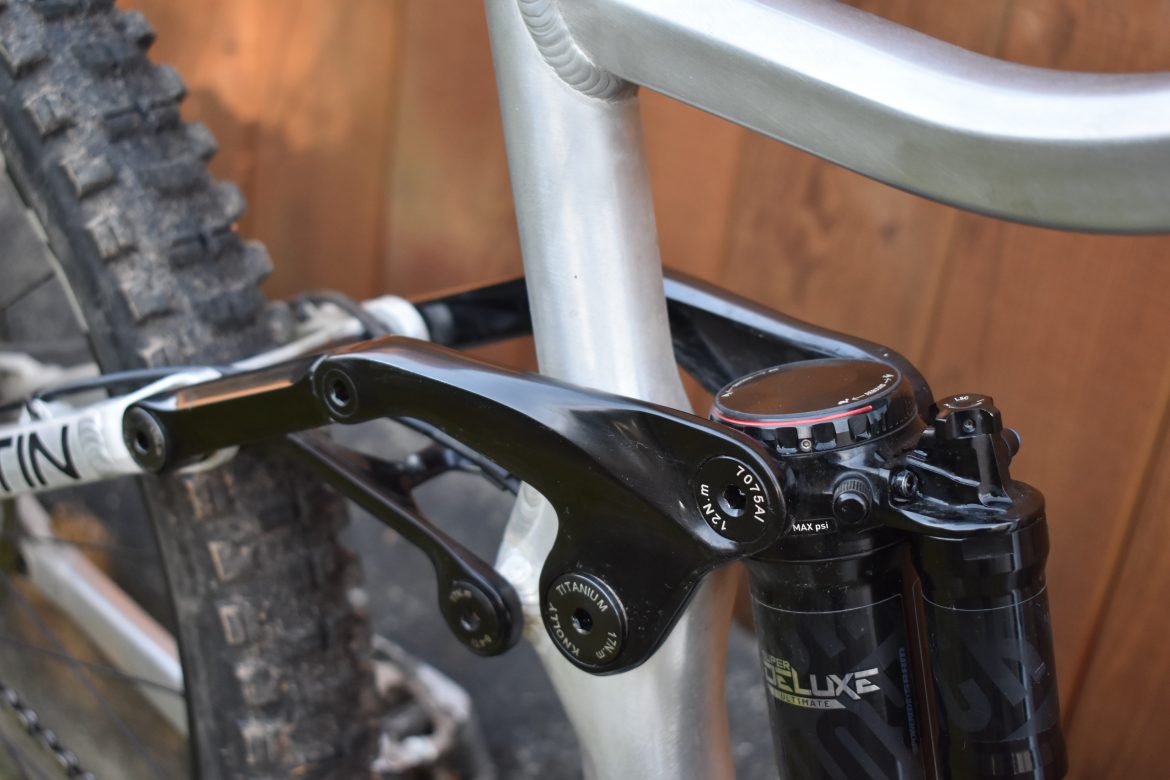
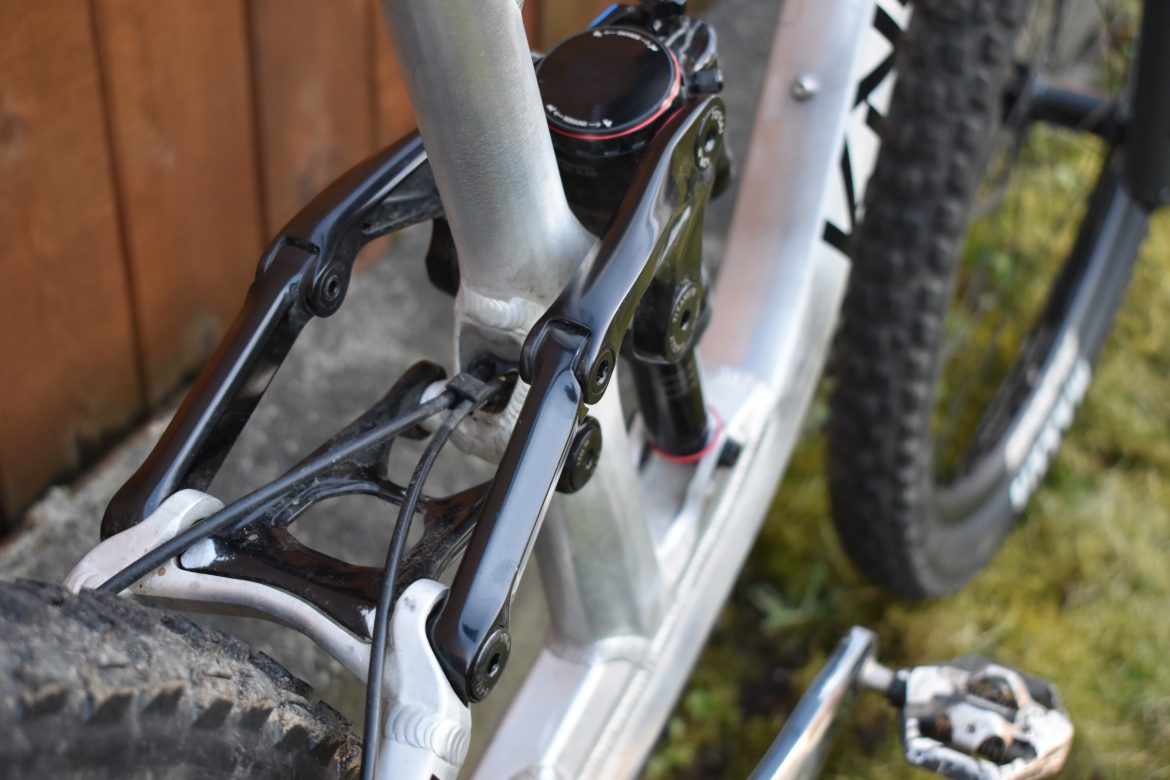
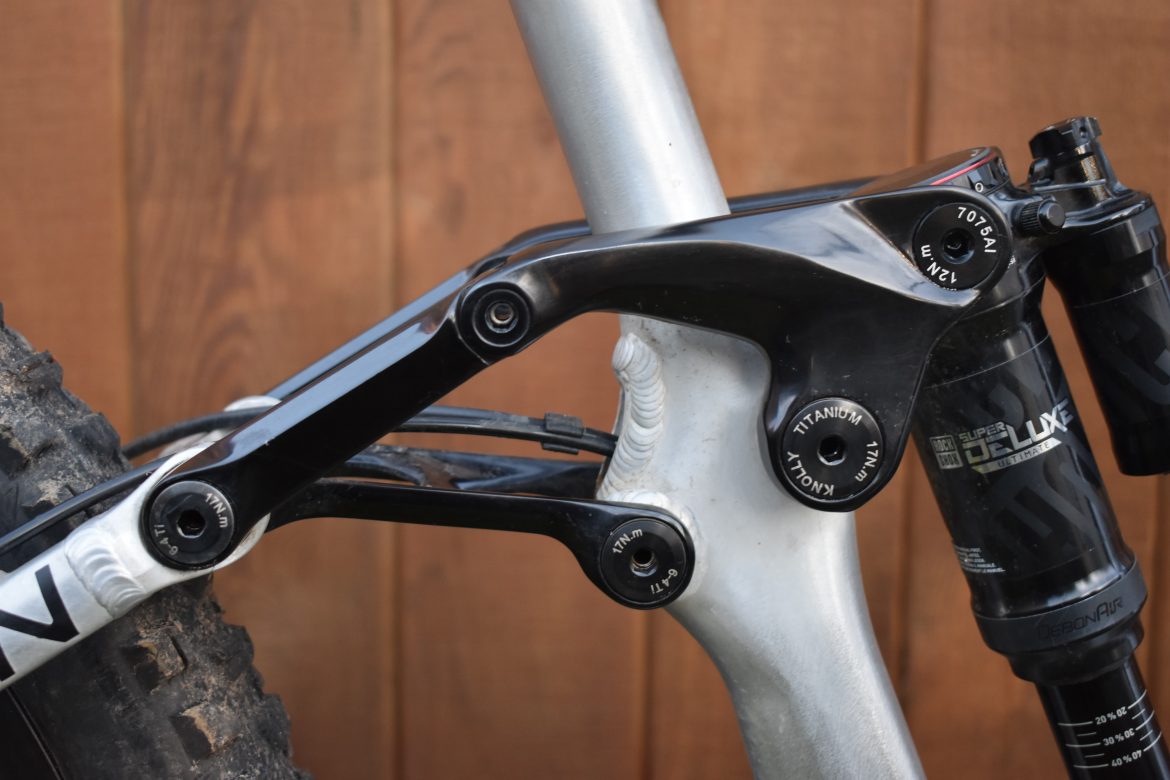
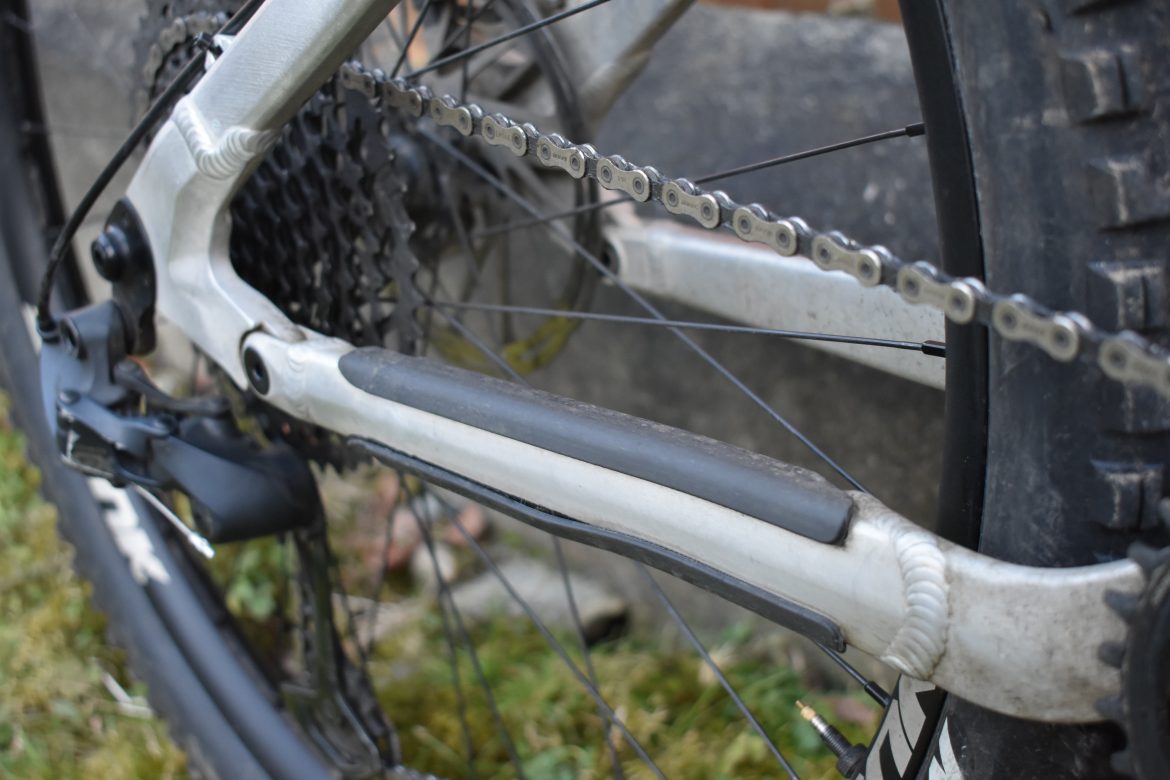
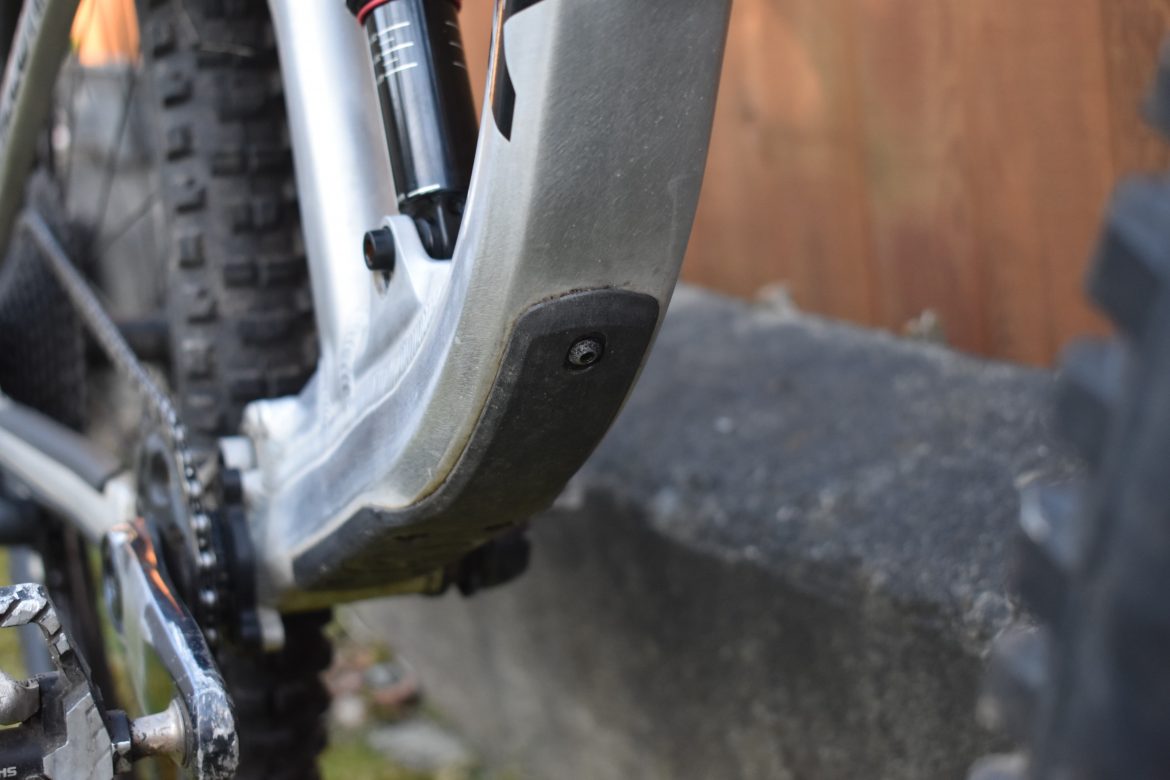
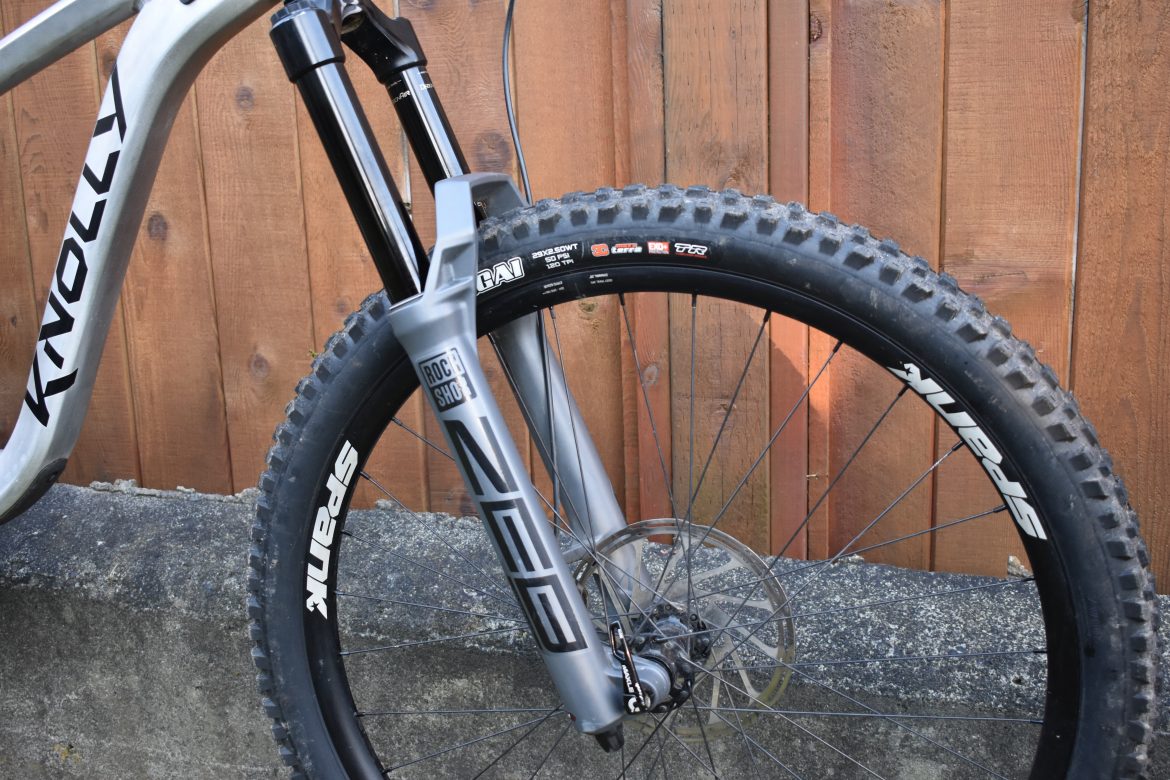
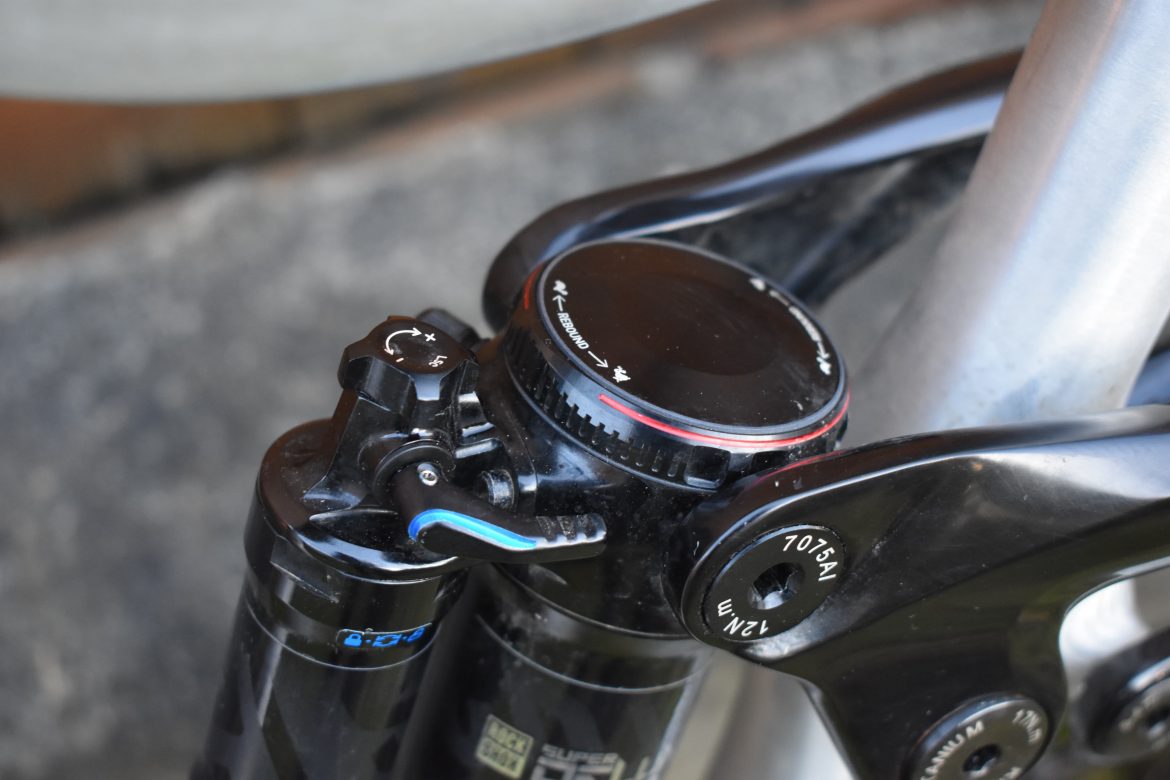
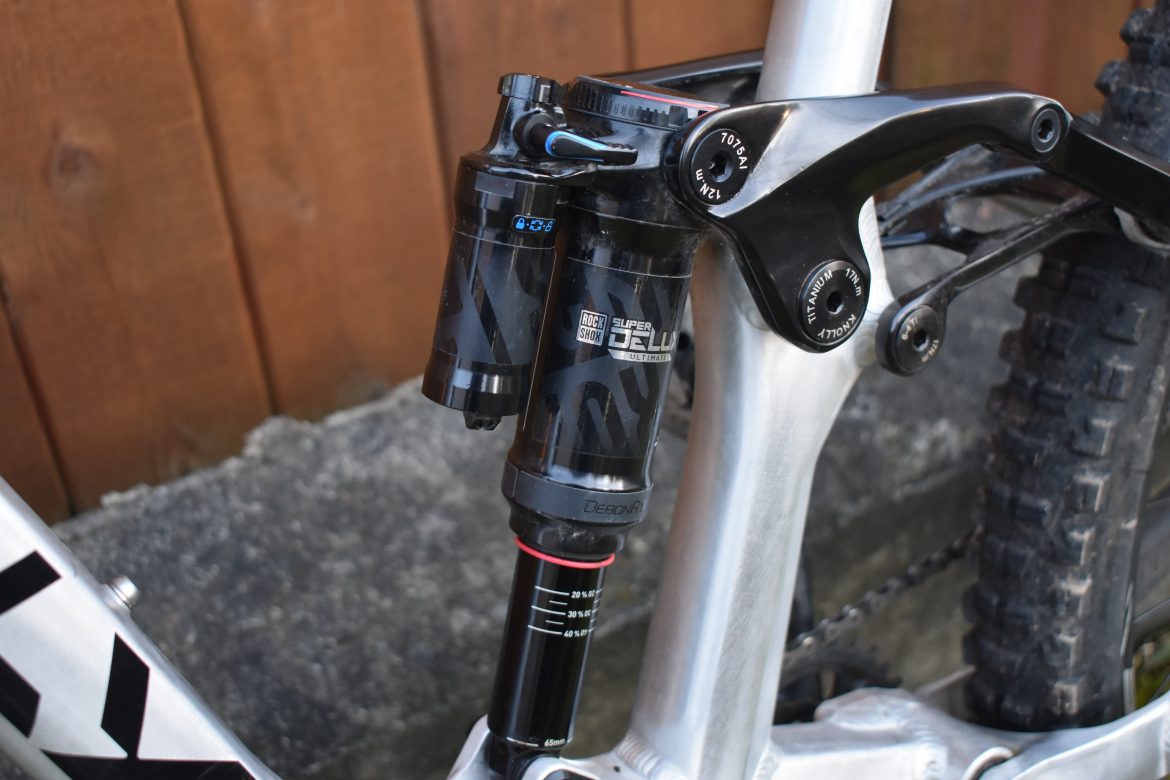
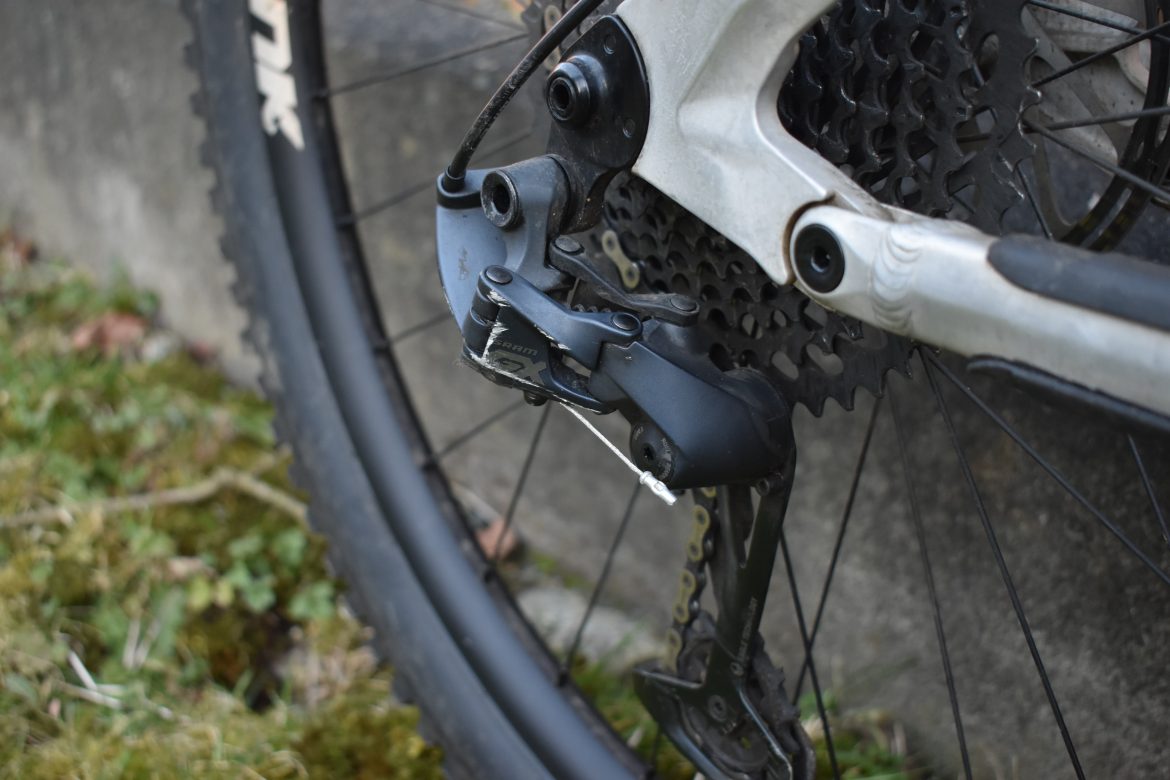
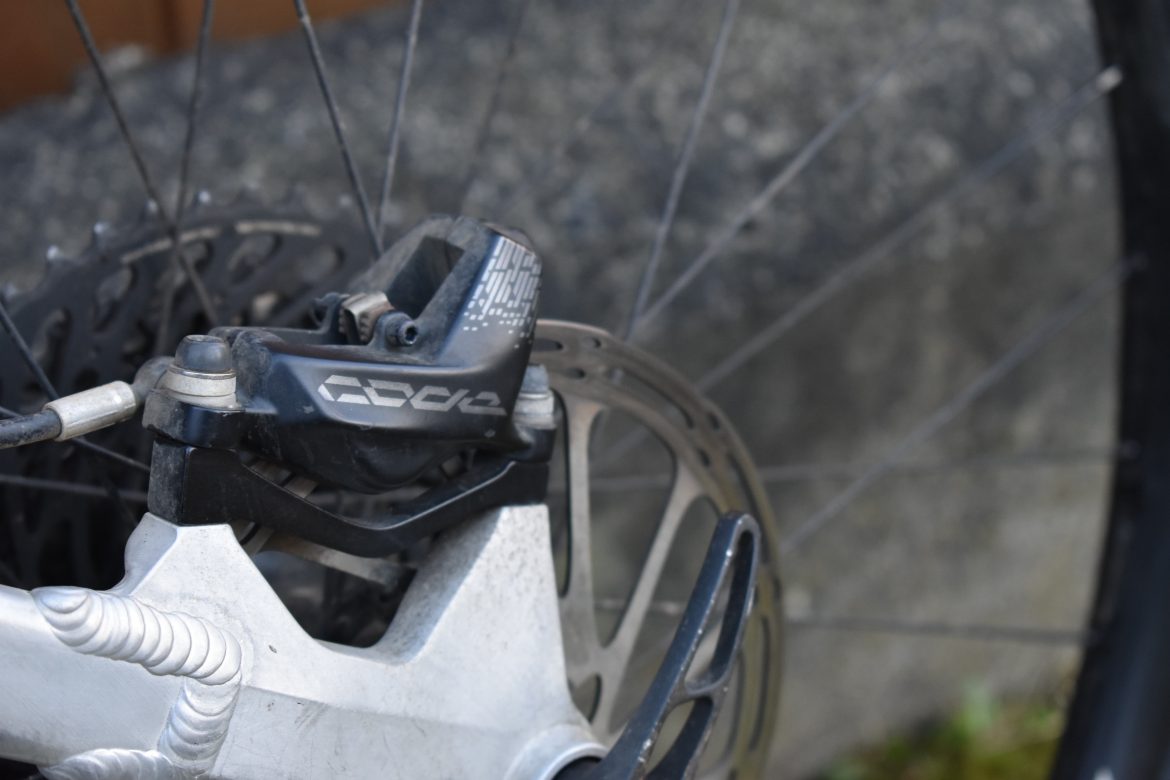
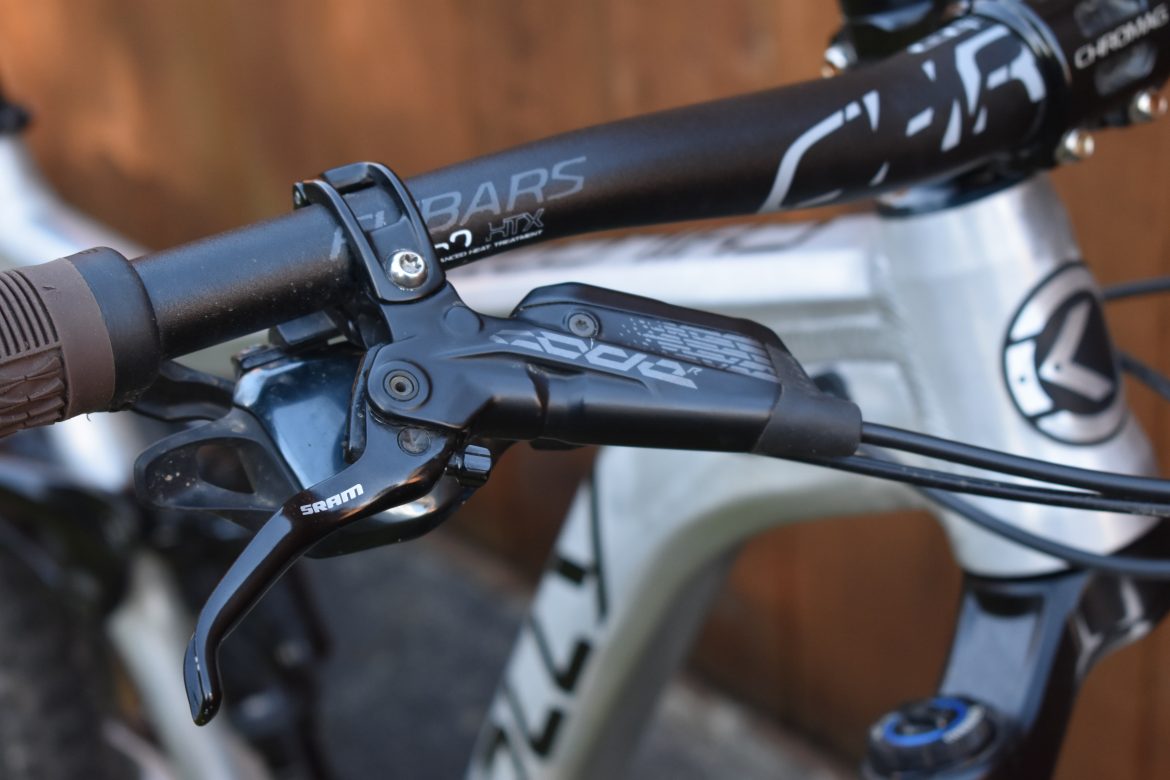
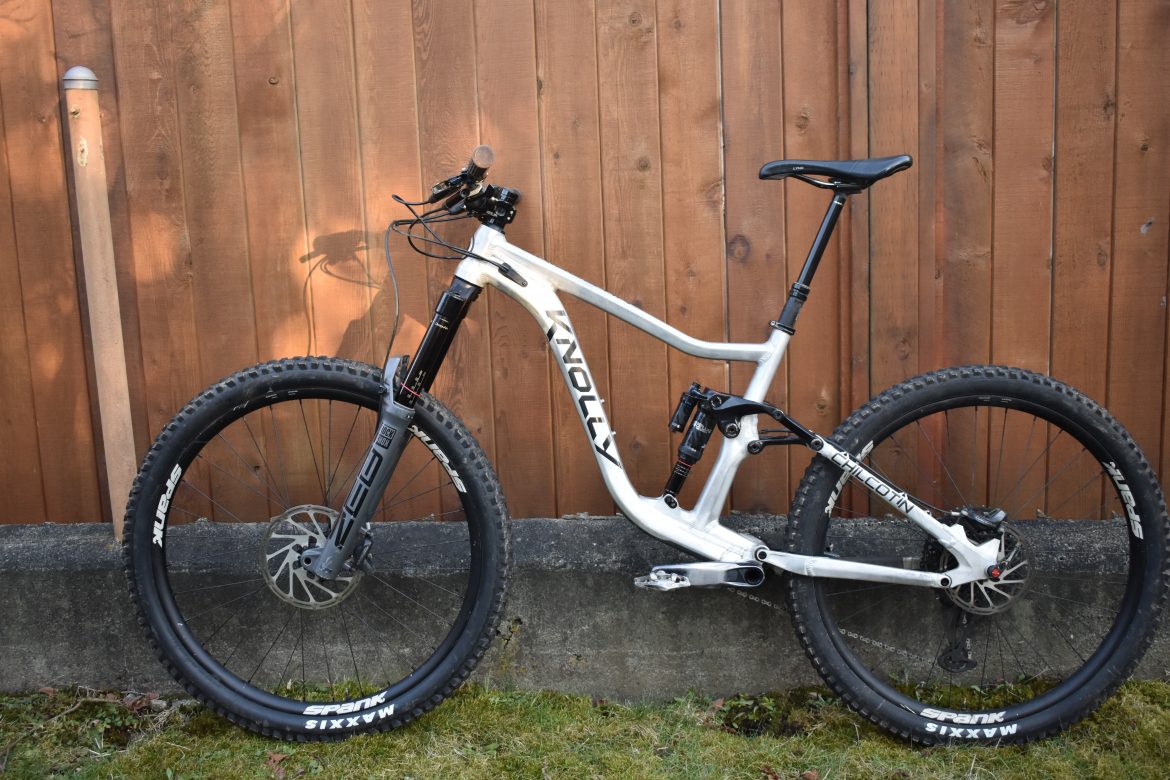
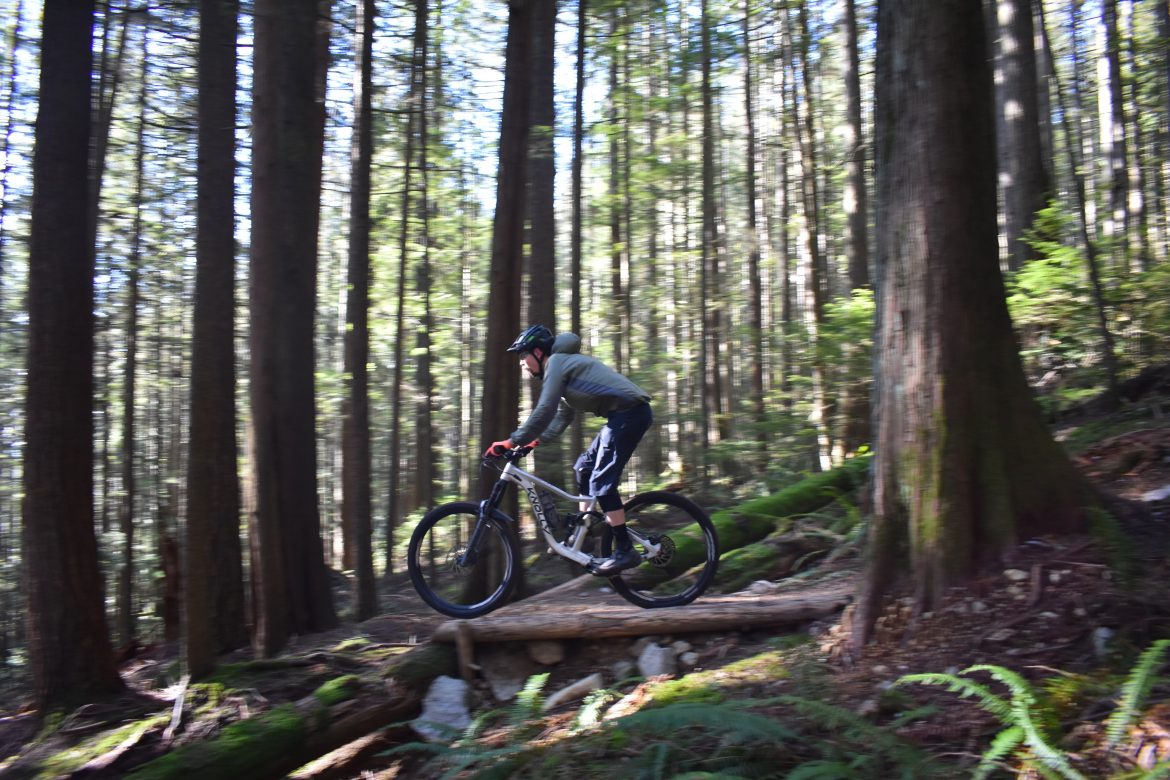
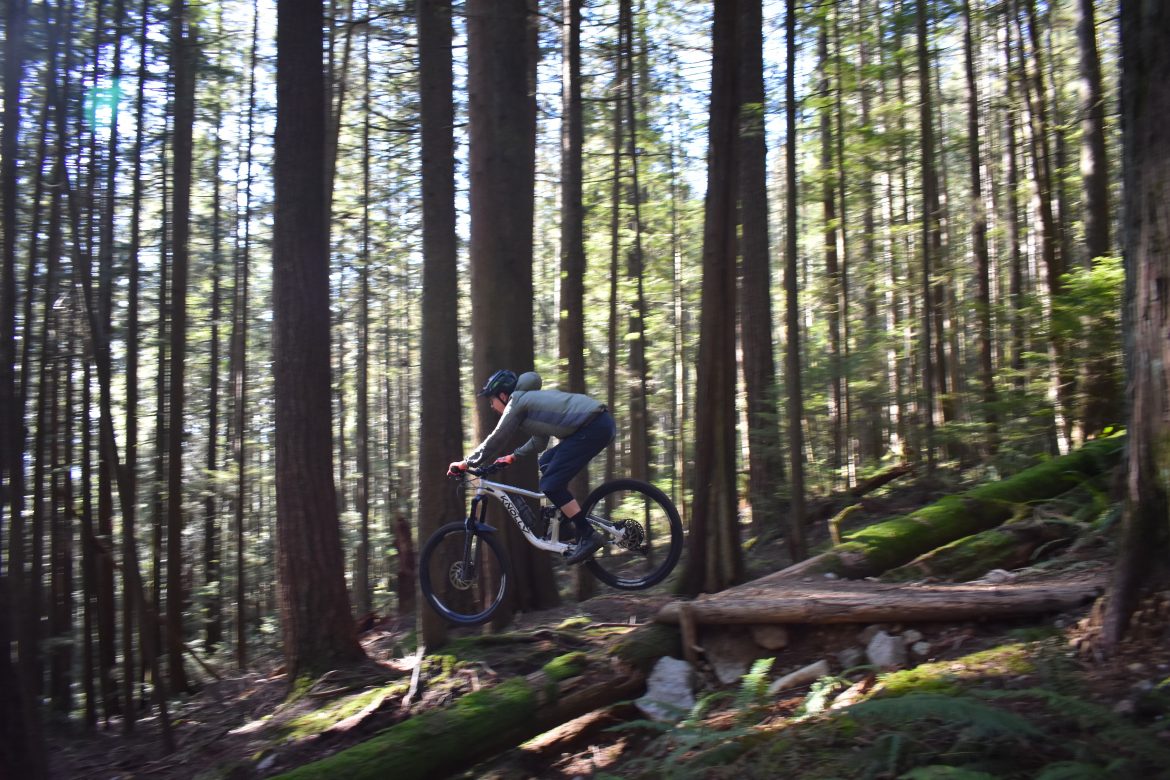
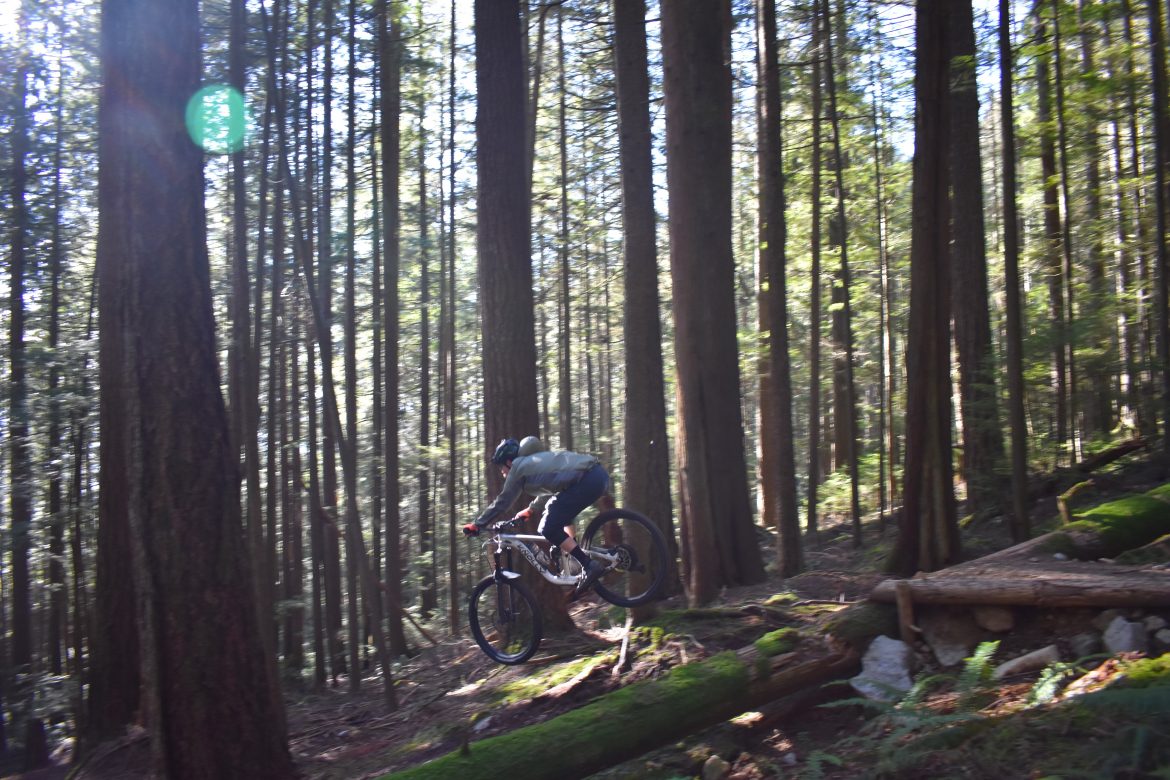

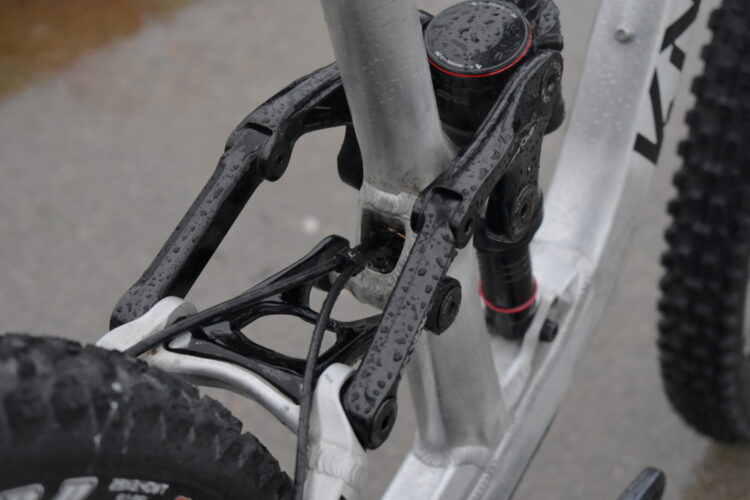

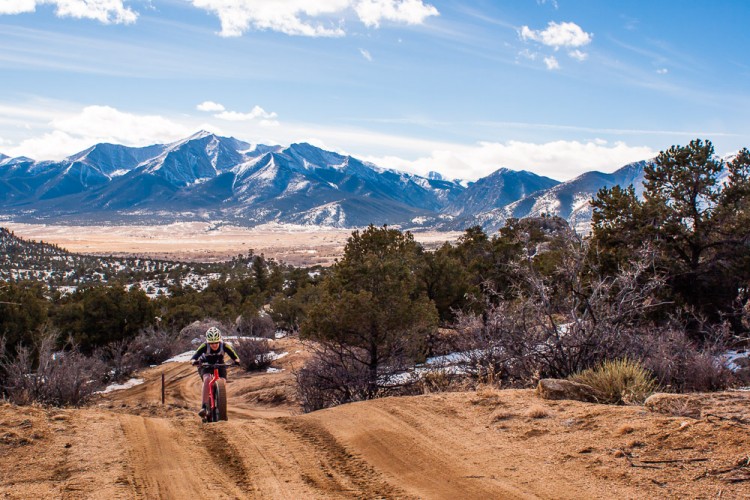





1 Comments
Nov 15, 2021